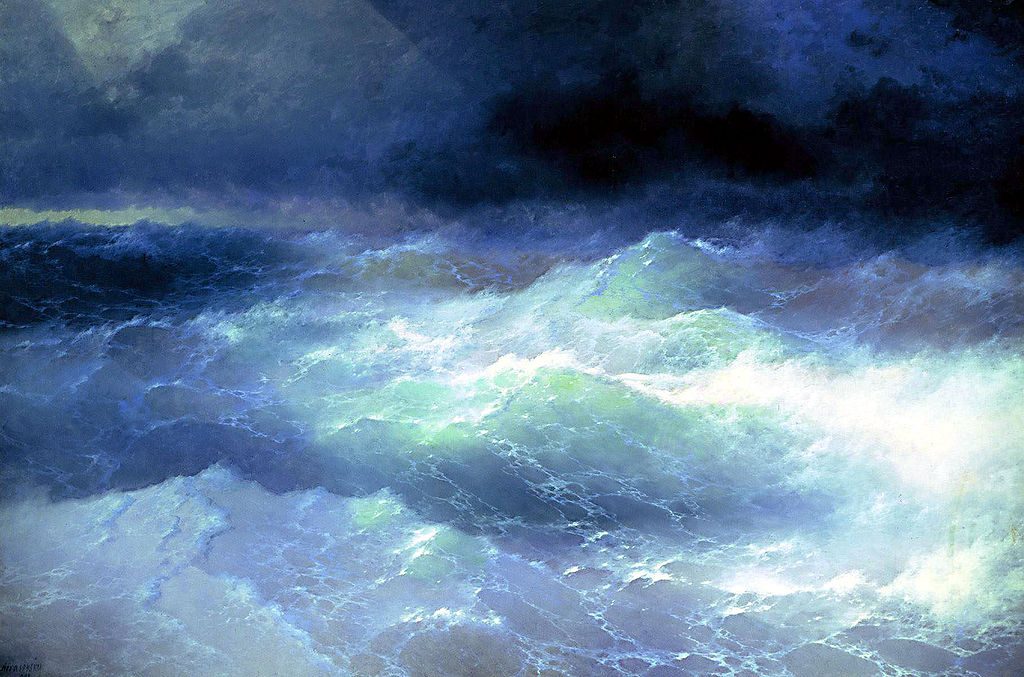
On the third day of the creation, God made the earth and the seas as recorded in the Book of Genesis:
“And God said, “Let the waters under the heavens be gathered together into one place, and let the dry land appear.” And it was so. God called the dry land earth, and the waters that were gathered together he called seas. And God saw that it was good.”(Genesis 1:9-11)
It appears that the ‘seas’ and the ‘earth’ are a direct continuation in the Genesis line of ‘opposite couples.’ First we had the ‘heavens and the earth’ which are the total opposites and yet both of them are required to form the borders of the world.
Then we had the darkness and the light, and although we are talking here about total opposites, both of them go hand in hand.
This is also the case with the ‘seas’ and the ‘earth.’ In order to better clarify this point, one can simply look at the original Hebrew. There, one will find the unique Hebrew verb ‘Ykavu’ {יקוו} – in regards to the ‘waters’ – which was translated into English as ‘be gathered together.’
But in fact, the more common Hebrew verb for ‘gathering’ is ‘Le-Esof’ {לאסוף} – a Hebrew verb that can be found numerous times in the Hebrew Bible. Interestingly, the initial meaning of the Hebrew root K-V-A {ק-ו-ה}, of which the verb ‘Ykavu’ derived from, is a ‘line’ and can be used in both Biblical and Modern Hebrew as another word for ‘border.’
It appears this Hebrew root goes together with ‘water’ and many of you probably have heard about the ‘Jewish ritual bath’ – which called in Hebrew ‘Mikveh’ {מקוה} and its origins can be found in the Book of Leviticus:
“Nevertheless, a spring or a cistern holding water shall be clean, but whoever touches a carcass in them shall be unclean.” (Leviticus 11:36)
There, the English word ‘cistern’ appears in the original Hebrew as ‘Mikveh’, which is another word that comes from the Hebrew root K-V-A.
Now, this Hebrew root has several meanings but in our case, the Bible uses a unique and sophisticated DOUBLE meaning Hebrew verb that can be understood as both ‘to be gathered together’ and in the sense of ‘border’ or line’.
In other words, when one reads those verses from Genesis in the original Hebrew, one is under the impression that the ‘waters’ were gathered together into an ‘invisible line’ – a line that its end is where the ‘dry land’ (‘earth’) appears and by that maintains the ‘Genesis rule of opposite couples.’
